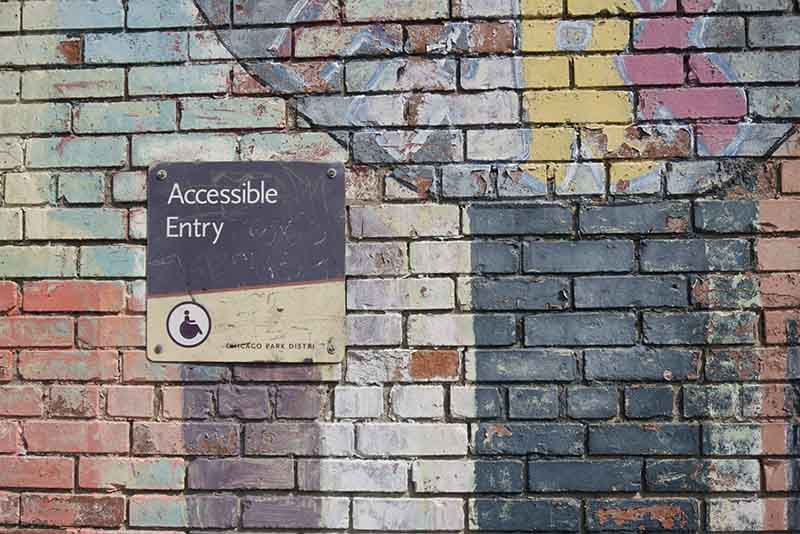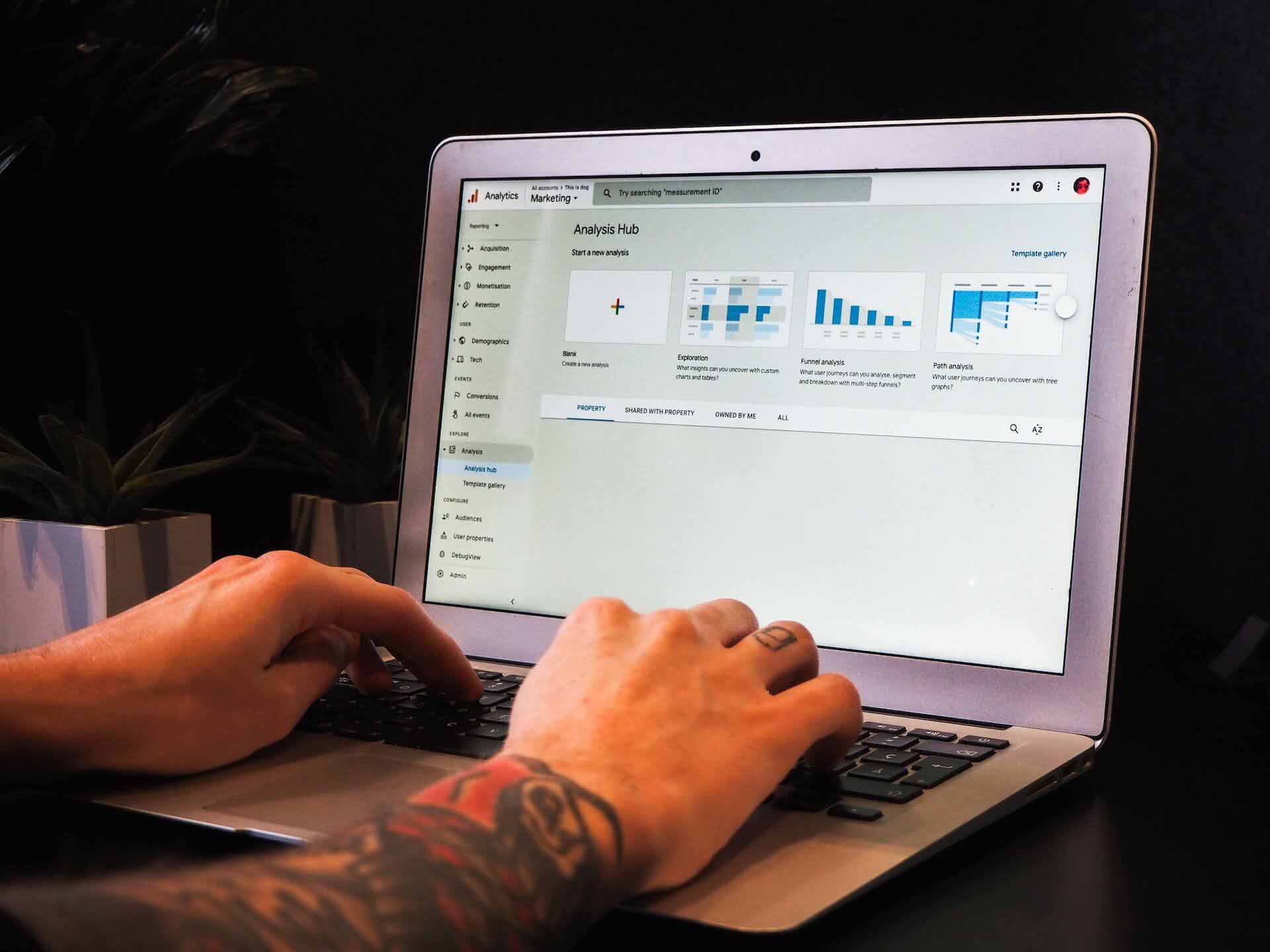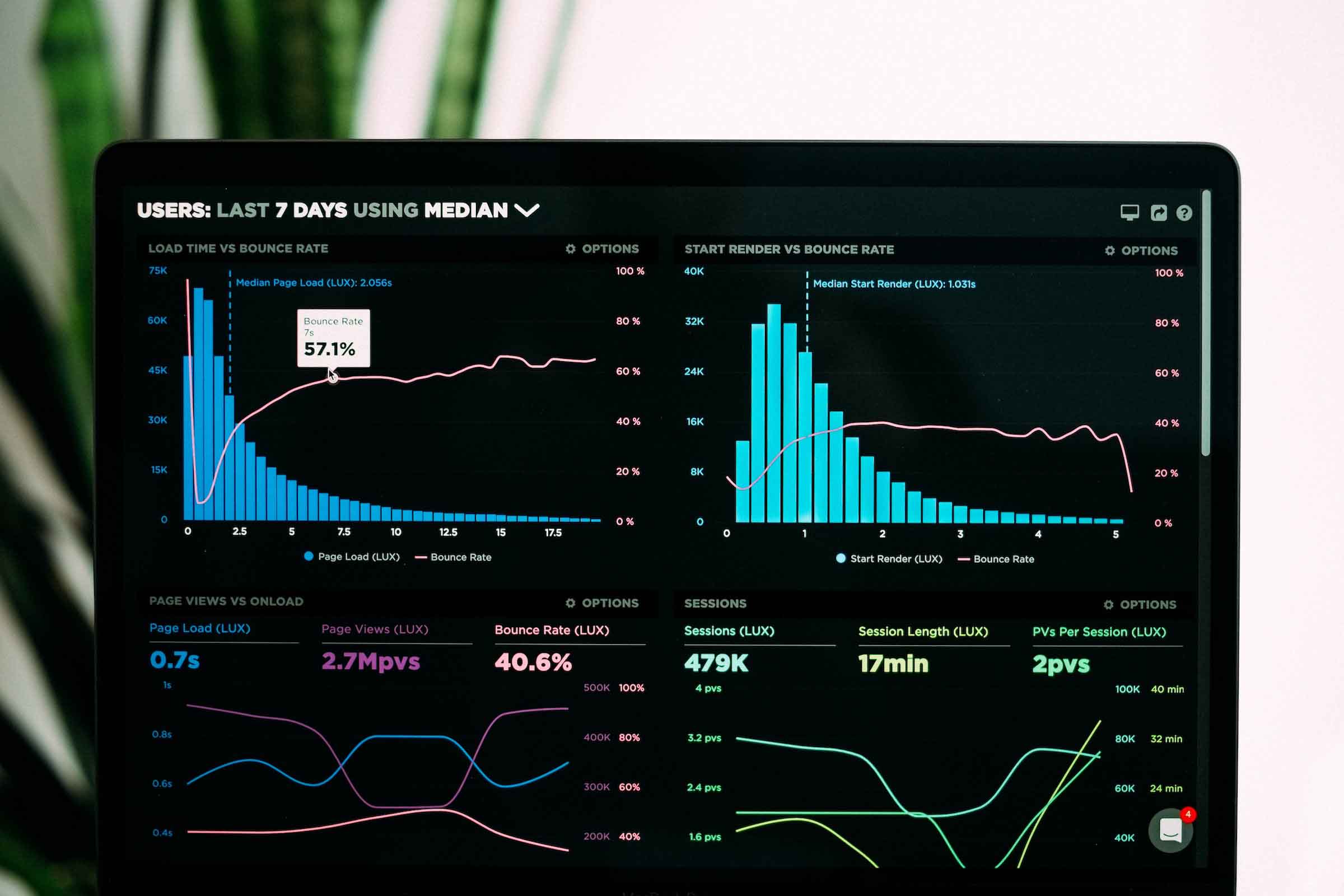What is accessibility
Accessibility is, as it sounds, a term used to refer to an individual’s “ability to access” and benefit from a system or entity. The concept is focussed on enabling proper and successful use through the design of devices, products, and environments for those limited by disabilities or that rely on the use of assistive technologies; however, it’s worth noting that research and development in accessibility is universal and brings benefit to everyone.
Here in the UK, we follow the equality act giving us the “duty to make reasonable adjustments” for those placed at a substantial disadvantage because of their disability compared with non-disabled people. These disabilities include (but are not limited to): sensory impairments, cognitive impairments, and physical limitations. In real world practice you see examples of this in building design having the requirement for ramps or lifts to be put in place as an alternative way of accessing a staircase for individuals who may use a wheelchair.

What is digital accessibility
So, what is digital accessibility? To put it simply digital accessibility is a term used when referring to an individual’s “ability to access” digital media and websites. It shares many similarities with the general idea of accessibility while maintaining wholly different requirements.
The most common requirements that often have adjustments made for when discussing digital accessibility are as follows:
- Screen readers used by individuals with visual impairments to scan and read a website
- Images including “alt text” for individuals with visual impairments
- Videos on websites using closed captions for individuals with hearing impairments
- Websites to be navigable by keyboard for users who may not be able to operate a mouse
The examples given here are only a few of the many ways websites and mobile apps are expected to incorporate digital accessibility into their design to enable fair and equal access.
It’s worth mentioning that you’ll likely hear people discussing website accessibility and digital accessibility in the same way, like UX and UI they are often confused; website accessibility is an element that you will find encapsulated within digital accessibility that covers a wide array of digital channels from digital content to mobile apps and everything in between.
Website accessibility is a branch of digital accessibility that is not only something deemed “pleasant to have” but here in the UK, and many other countries, it is in-fact a requirement for many organisations with tighter rules in place for the public sector. While the specifics vary from country to country, they are all based on the international golden standard set-in place by the Web Content Accessibility Guidelines (WCAG).
For your website to be as accessible as possible to all users and comply with the UK web accessibility laws, UK websites should designed with WCAG’s four main principles in mind, these are referred to as an acronym “POUR”:
- Perceivable: Information and user interface components must be presentable to allow all users to be able to accurately see and read your website content. This means content must not exclude people with vision impairments, hearing impairments or other disabilities (it cannot be invisible to all their senses)
- Operable: User interface components and navigation must be responsive and simple for all users, this means that users are able to operate the interface, for example, using keyboard only navigation rather than a mouse
- Understandable: Information and operation of user interface must be organised in a way that makes it easy to use, navigate and predictable containing language that all users can understand (the content or operation cannot be beyond their understanding)
- Robust: Websites and their content should be robust enough that it is compatible reliably across an array of technology including assistive technology that are commonly used by users with disabilities. This also applies to maintaining accessible content as technology and user ability evolve
You can learn more about the WCAG principles and their other guidelines here:
https://www.w3.org/WAI/standards-guidelines/wcag/
Knowing the ins and outs of WCAG should be important for anybody looking to develop any kind of digital product, content, or system as it is the standard that UK accessibility laws will use to determine whether it meets accessibility requirements. It can also be worthwhile familiarising yourself with the two key pieces of web accessibility legislation before any digital venture:
- The Equality Act (2010)
- The Public Sector Bodies (Websites and Mobile Applications) (No.2) Accessibility Regulations (2018)














